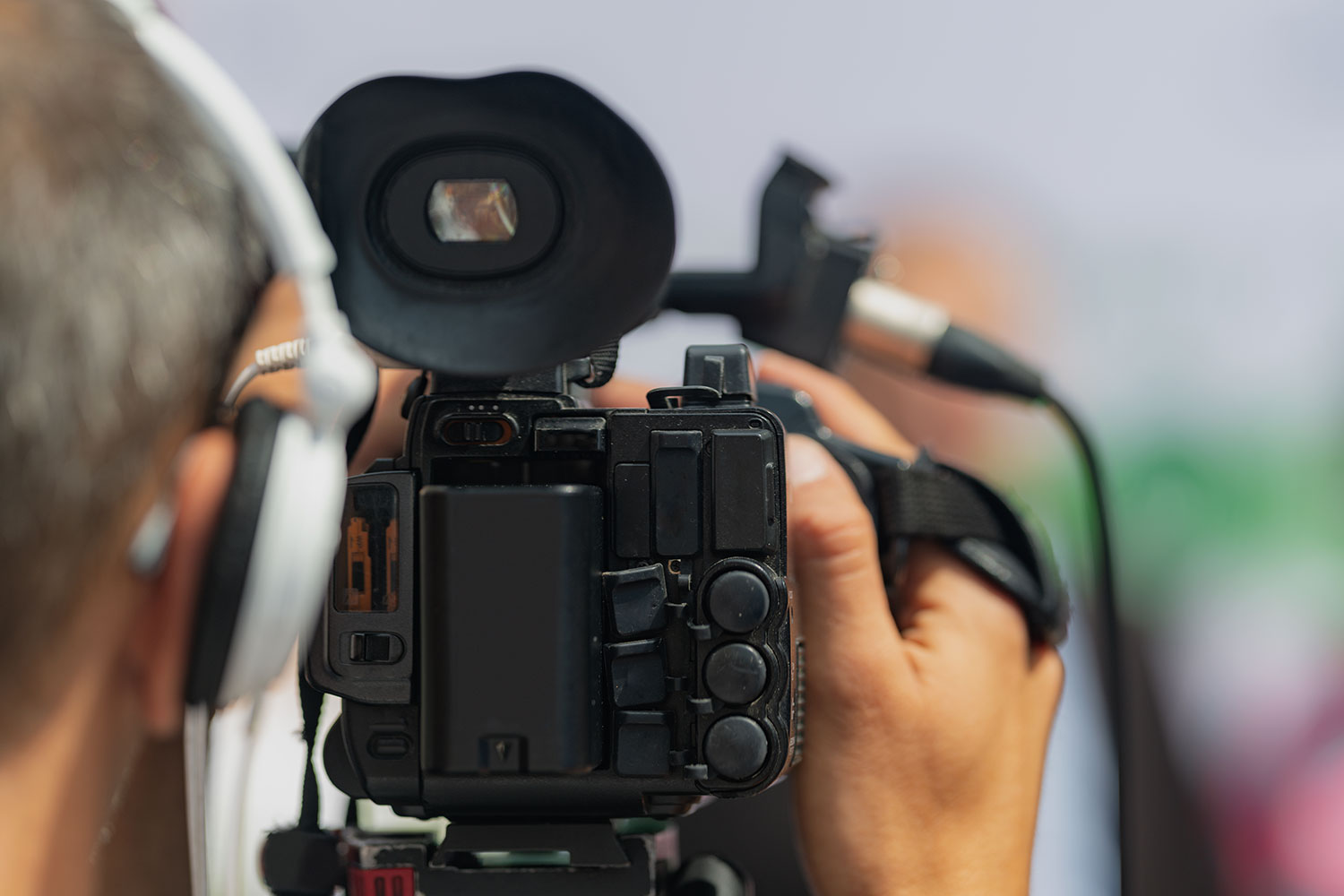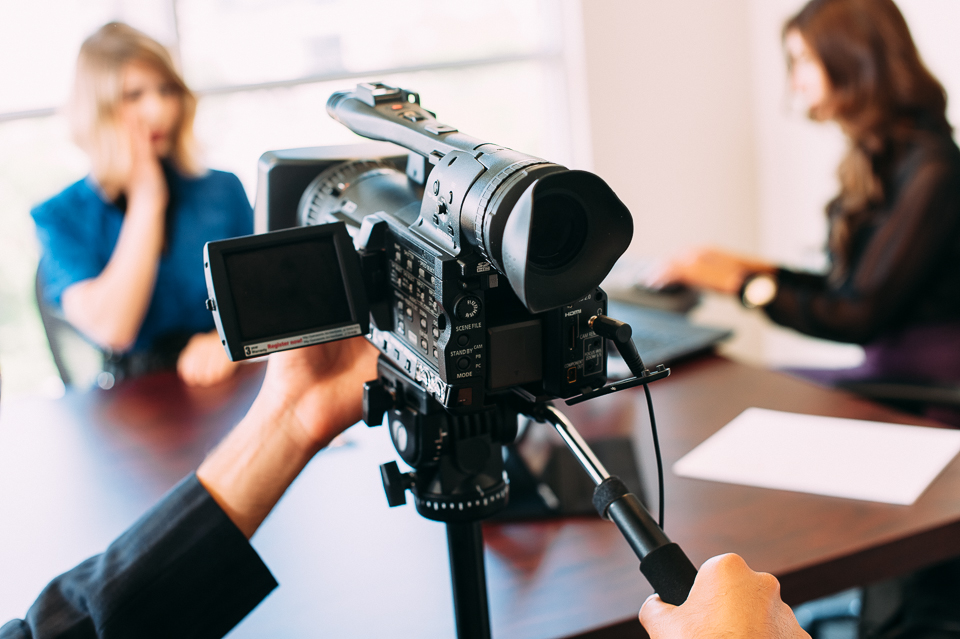Secret Benefits of Utilizing Videography in Legal Situations
The combination of videography in legal cases presents a variety of strategic benefits that can significantly affect trial end results. By boosting evidence presentation and improving witness trustworthiness, videography functions as a powerful tool to engage jurors and communicate complicated narratives efficiently. This tool maintains important testaments, guaranteeing that essential information is not lost to memory degeneration. As the legal landscape proceeds to advance, the ramifications of leveraging videography in trial setups benefit better evaluation, particularly in comprehending how these advantages equate right into tangible outcomes in the courtroom.
Improved Evidence Presentation
Improved proof presentation with videography has reinvented the way legal situations are argued and recognized in the court room. By incorporating high-quality video clip recordings into legal proceedings, attorneys can convey complex info in a more comprehensible and appealing fashion - Legal Videography. Videography enables the visualization of proof, making it less complicated for courts and courts to comprehend the context and significance of the presented truths
Along with improving quality, videography can also catch real-time occasions, giving an authentic depiction of cases important to a case. This immediacy can considerably impact the persuasiveness of an argument, as aesthetic evidence often resonates a lot more highly than created documentation. Video evidence can consist of crucial elements such as body language, tone of voice, and environmental elements, all of which contribute to a more alternative understanding of the instance.
Using videography additionally enables for effective company of evidence, enabling lawyers to provide their debates in a meaningful and rational fashion. By strategically integrating video clip right into their discussions, lawyers can facilitate a more reliable analysis of the proof, ultimately bring about informed decision-making by the court. The transformative power of videography in lawful contexts is both obvious and vital.
Enhanced Witness Reputation

Video proof can also mitigate prospective predispositions that might occur from the witness's look or mannerisms in a live setup. By offering a well-produced video clip, legal groups can ensure that the focus stays on the content of the testimony instead than supplementary aspects that might undermine trustworthiness. The possibility to examine recorded statements can strengthen witness consistency, as inconsistencies can be addressed prior to trial, leading to even more reliable testimonies.
Additionally, the durability of videography supplies a secure against memory decay or misinterpretation with time. By having a clear, proven account of witness statements, lawful experts can construct a stronger instance, strengthening the general reliability of the witness and, as a result, the integrity of the judicial process.
Involving Court Experience
Videography can considerably raise the jury's interaction during lawful procedures. By including top notch video discussions, legal groups can catch and keep the focus of jurors, transforming complex details right into visually engaging stories. This engagement is crucial, as jurors frequently struggle to take in dense lawful terms and detailed details offered solely through conventional ways.
Video clip evidence allows jurors to witness events review as they unfolded, providing context that written statements may lack. The usage of dynamic visuals can stimulate psychological responses, making the case a lot more relatable and unforgettable. Security video footage or reenactments can show essential minutes, making it possible for jurors to imagine the evidence in a compelling fashion.
Moreover, videography can help with a more interactive experience. Jurors can see and listen to witnesses, which adds a layer of authenticity and immediacy that written transcripts can not reproduce. This multi-sensory technique promotes much deeper understanding and retention of the provided material.

Effective Case Storytelling
Videography serves as a powerful device to provide this narrative and craft, involving the jury and boosting their understanding of the case. By visually showing the events leading to the lawful dispute, videography allows lawyers to illustrate complicated situations in a relatable and clear fashion.
Incorporating components such as witness meetings, computer animations, and reconstructions, videography provides a multi-dimensional viewpoint that traditional techniques can not accomplish - Legal Videography. This graph not just help in making clear realities yet likewise aids jurors maintain crucial details. The dynamic nature of video clip can break down barriers of comprehension, making intricate details extra easily accessible.
Inevitably, effective case narration with videography transforms the court experience, enabling lawyers to present their disagreements in a persuasive and engaging way. By using the power of visuals, lawyers can significantly boost their capacity to interact important stories and accomplish favorable results for their clients.
Conservation of Statements
Maintaining statements is a crucial aspect of legal process, as the accuracy and stability of witness declarations can substantially influence the outcome of a situation. Videography works as an effective device hereof, making sure that statements are videotaped in their original site web context, consequently lessening the risk of misinterpretation or distortion gradually.
By recording non-verbal and verbal signs, videography provides a detailed account of witness statements, which can be indispensable during trial procedures. This method not only documents the material of the statement yet likewise maintains the disposition and psychological actions of witnesses, using juries a richer understanding of the statement's trustworthiness and importance.
Additionally, using videography facilitates a much more trusted testimonial of testimonies throughout post-trial assessments or pre-trial preparations. Legal experts can revisit recorded click to read more declarations to make clear information, evaluate incongruities, or develop techniques for cross-examination.
In essence, videography boosts the preservation of testimonies, fostering a clear legal procedure that can bring about more equitable end results. By protecting the stability of witness statements, legal practitioners can much better support for their customers and support the concepts of justice.

Final Thought
Finally, the combination of videography in lawful cases significantly boosts the discussion of proof, reinforces witness integrity, and astounds courts with involving aesthetic material. This medium assists in reliable narration, allowing attorneys to share narratives that reverberate deeply with decision-makers. Additionally, videography acts as an irreversible document of testaments, lowering the danger of memory degeneration. Jointly, these advantages underscore the vital role of videography in modern lawful methods, ultimately adding to more informed judicial results.
The combination of videography in legal situations offers an array of strategic advantages that can considerably influence test results.Improved proof presentation with videography has changed the way lawful situations are argued and recognized in the court room.Videography can considerably elevate the court's interaction during lawful process. By aesthetically depicting the events leading to the lawful conflict, videography enables lawyers to highlight complicated circumstances in a relatable and clear fashion.In verdict, the combination of videography in legal situations considerably boosts the presentation of evidence, bolsters witness reputation, and captivates juries via engaging visual material.